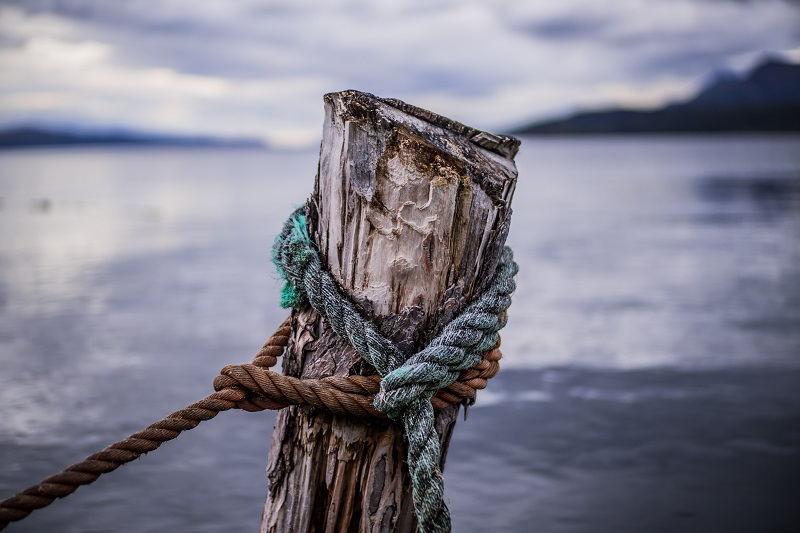Scouts and Guides are taught how to tie varying knots. In fact, there are some pretty cool badges to be won for any kids who are able to respond to different challenges with the use of the right ropes and knots.
Plus, any outdoorsman or boatsman can describe to you the importance of knowing which knots to tie. Depending on if you are anchoring a ship to shore, steadying a tent for a campsite or simply connecting two separate ropes, you will find that not all knots serve the same purpose, some will be more effective than others. That’s why we decided to put together this amazing infographic to help make things easier for you.
In the infographic below we explain how to tie the following knots:
- The Improved Clinch Knot – Perfect for securing hooks, lures, swivels all in line and more!
- The Fisherman’s Knot – Ideal for securing an anchor, securing a line to a post or around something and more!
- The Blood Knot – Suitable for stopper knot for rope ends, tying together various harder knots and more!
- The Carrick Bend – Useful for joining two ropes together (when towing etc), easy to untie compared to square knot
- The Two Half Hitches – Appropriate for securing hooks, lures, swivels all in line and more!
- The Clove Hitch – Suited for securing ropes to around things, fastening shelters together, crafting items and more!
- The Sheet Bend – Good for joining together more than one piece of rope with different diameters and more!
- The Taut-Line Hitch – Adequate for anchoring something around a post etc, gripping something when taut and more!
- The Bowline Knot- Perfect for securing a boat to the dock, securing a tarp etc, mountain climbing and more!
There are a few more bonus knots included below, but you’ll have to check it out to find out which they are.
From all your friends here at Ropes direct, we wish you happy adventures and we hope you remember us when you need to restock on your handy ropes!


